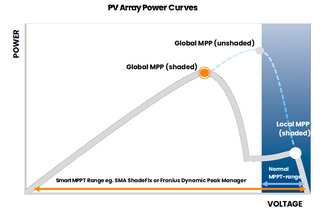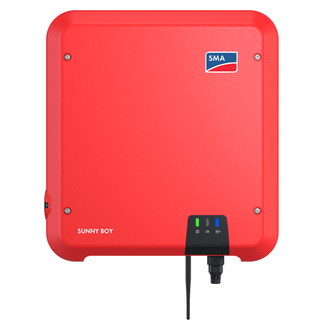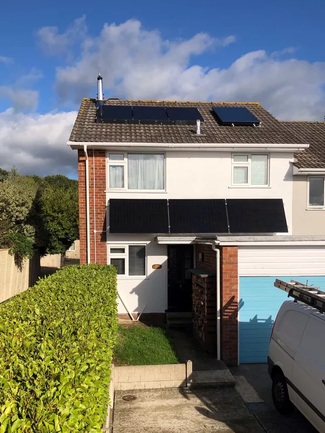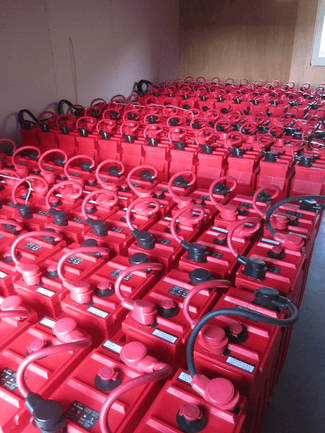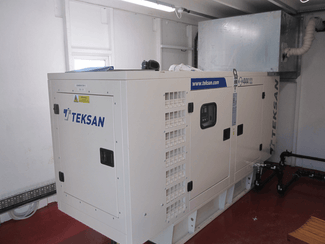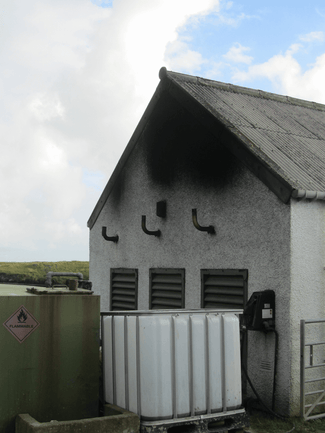Inverters


Off grid, or battery supplied, inverters are demand driven - they provide any power or current up to the rating of the inverter and assuming that there is enough energy in the battery.
Smaller systems with few appliances may have only DC power, but advances in inverter design, efficiency, and reliability have increased the potential of wind/solar systems considerably.
With the use of modern high efficiency AC lighting the majority of, if not all, loads can be operated on AC especially in larger installations.
Sometimes both AC & DC are used, where each is most effective and economical - many DC appliances use less power than their AC equivalents (especially refrigeration, lighting & electronics) - but DC appliances tend to be harder to find & more expensive.
Off-grid inverters produce 230 Vac 50Hz electricity enabling common appliances to be run from a battery.
Look for these features:
- High efficiency - to ensure least possible power is used in converting from DC to AC
- Low standby losses - efficient when no loads are operating.
- High surge capacity - to run peak loads and start motors
- Battery Charging Capability - allows inverter to work as a battery charger.
- Clean Output Waveform - allows all loads to be run without problem or interference.
- Reliability.
- Protective circuits - shuts down the inverter.




Inverter/Chargers

These are bi-directional units that can be used to both charge or take power from a battery store.
Used in conjunction with an additional source of AC power such as a back-up diesel generator, grid connected string inverters or the grid.
They can include additional features such as automatic control of back-up generators.


Efficiency
Modern electronic inverters are very efficient over a wide range of outputs, but some power is required simply to keep the inverter running (the standing losses) and they are less efficient when running small loads. Consequently, sizing the inverter for its required purpose is extremely important.
If it is undersized, then there will not be enough power - demanding more than their limit will shut them off. If it is oversized, it will be much less efficient (due to the standing losses) and more costly to buy and run. A load seeking circuit is normally included to ensure that battery power is conserved for useful purposes by automatically switching the inverter on and off as loads are applied or discontinued.
Sizing Off-Grid Inverters

An inverter is rated in terms of it's maximum continuous output in watts, together with it's surge power. These limit the sum of all AC loads that can be operated simultaneously and maximum that can be delivered.
In off-grid inverter sizing the most important factor is peak power consumption: the peak power demand should not exceed the rated peak output of the inverter. This is difficult when it is possible for many devices to consume power at the same time, and is further complicated by any electric motors in the system. Some types of electric motors require three times as much power to start them as is required to run them. If two or more motors are started at the same time the surge power demand is much higher than the average demand. Consequently, the inverter should be sized to be able to at least start the largest motor in the system and measures taken to ensure that all motors do not start at the same time. Proper energy management can reduce peak demand, and so the inverter can be sized closer to the average power demand, thereby increasing the system's efficiency and reducing hardware costs.
To size an inverter you will need to add up the consumption of all the appliances you may need to operate at once – that will represent your minimum inverter size. If your appliances include induction motors, like washers, dryers, dishwashers, furnace electronic controls, and large power tools, be sure to select an inverter with sufficient surge capability to accommodate the higher start-up loads.
Who Needs a Generator?
In typical situations, for most of the day, loads are very small - perhaps a few lights and other appliances. For a small proportion of the time, however, large loads such as machinery, cooking, washing machines, electric kettles, etc. must be powered.
Sizing an off-grid inverter system to meet this peak demand can be prohibitively expensive. Consequently a common solution is for the battery/inverter to supply the low loads required for most of the day, and allow a generator to start up automatically to meet the small proportion of loads for which a large capacity is required.


Siting and Installation
Inverters should be located in a dry, non-condensing, clean, ventilated, environment and should be sited as close as possible to the battery to maximise performance and minimise cable size. However, they should not be placed above the battery or in the same compartment as vented lead-acid batteries since these can produce corrosive vapours and when on charge produce an explosive mixture of hydrogen & oxygen. Any displays and control panels should be easily accessible.
Inverter systems by their nature involve AC power from multiple sources (inverter, generator, utility, batteries, solar arrays, wind turbine) that adds hazards and complexity which can be very challenging. Consequently most off-grid systems require the involvement of a professional electrician to ensure a safe and compliant installation.
In addition a suitable installer who is already familiar with off-grid systems can provide invaluable help in sizing the system and selecting appropriate equipment
We work with a large network of installers, many of whom we have known for a long time and who have received training at Wind & Sun so we can usually recommend a good local installer to you who can help.
Products
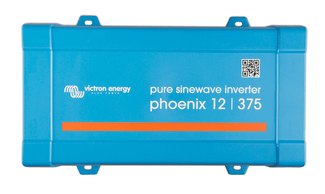
Off-Grid Battery Inverters
Off-grid inverters produce 230 Vac 50Hz electricity enabling common appliances to be run from a battery, and...
View collection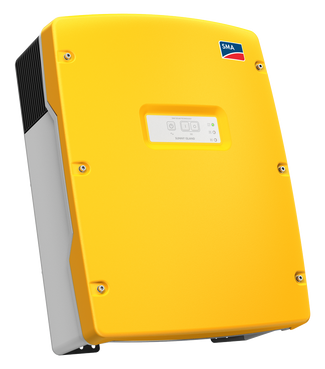
Off-Grid Battery Inverter/Chargers
These combine powerful true sine wave DC:AC inverters, sophisticated AC powered battery chargers and a high-speed AC transfer...
View collection